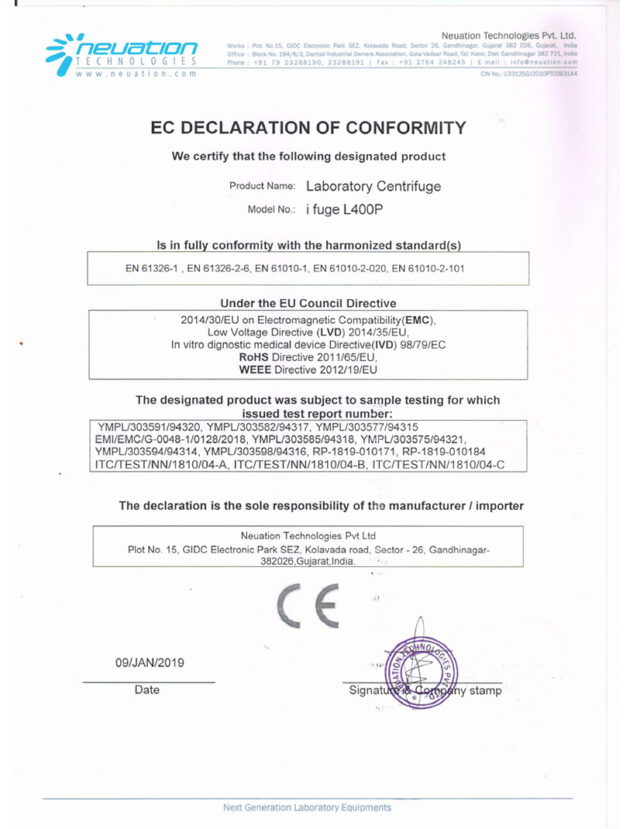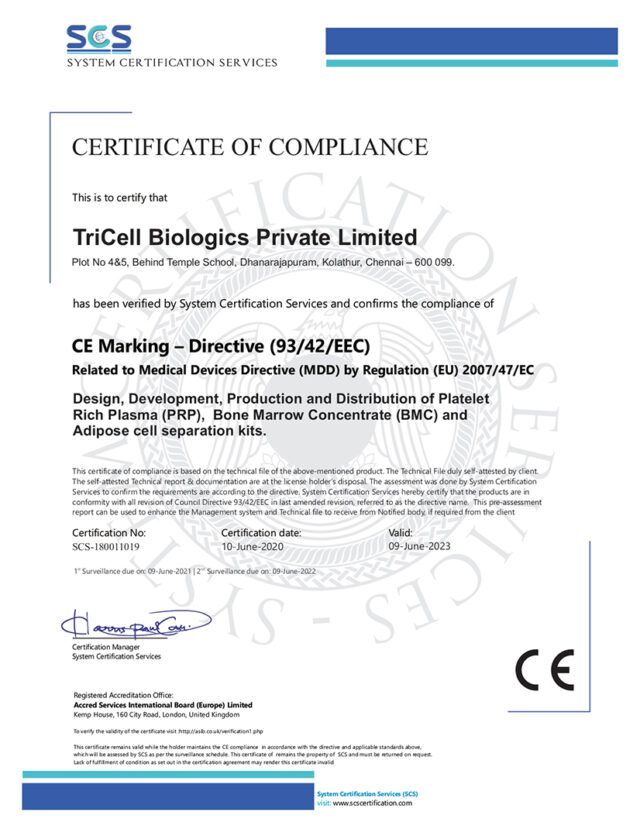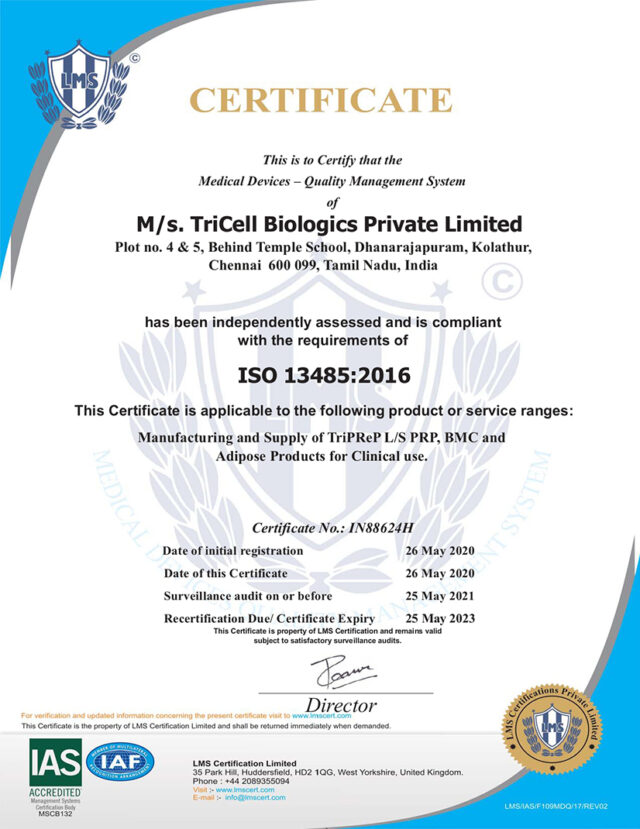

Platelet-rich plasma (PRP) therapy has been a beacon of hope to various conditions for many individuals, from hair loss and skin rejuvenation to musculoskeletal injuries. But what happens when the results fall short of expectations? It’s disheartening, to say the least. You’re not alone if you’ve found yourself asking, “Why is my PRP therapy failing?”. Understanding the complexities behind PRP therapy’s effectiveness is crucial to addressing and rectifying the situation. This blog discusses in detail the common mistakes and oversights that hinders any PRP therapy., offering insights and actionable solutions to turn the tide in your favor.

What is PRP Therapy?
Platelet-rich plasma (PRP) therapy is like giving a super boost to the body’s natural healing powers. Imagine a group of tiny, powerful helpers in your blood called platelets. They’re like healing superheroes, and PRP therapy makes sure there are a lot of them, about 500,000 to 12,00,000 platelets per µL in PRP, (3-5 times higher than normal blood) to be precise. This big team of platelets brings along even more growth helpers to fix injuries faster and better. PRP therapy is like a healing elixir, using the body’s ingredients, making it a go-to for a wide array of conditions, from sports injuries to beauty treatments.
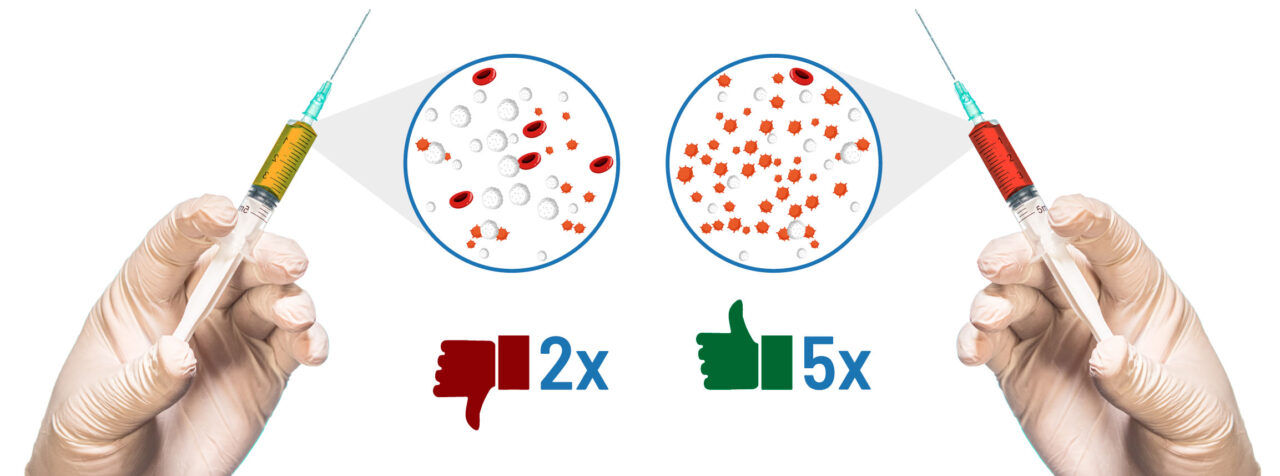
According to Experts such as Robert Marx,
The last two points are essential to note, especially for those who utilize simple laboratory centrifuges, gel-based test tubes, or 10ml kits for PRP preparation. Such centrifuges are designed for diagnostic purposes—not PRP preparation. They may not produce a sufficient platelet yield and may potentially damage the platelets. These tubes are not pyrogen free and are not standardized or clearance for re-infusion purposes. It is indeed important to note that they may lead to real health, medical and legal risks. Not all PRP kits are created equal and these cheap tubes do not all meet the same regulatory standards. It’s important to use devices that are approved for clinical use that have demonstrated safety and efficacy, and are certified for PRP preparation. Therefore, not meeting any of the mentioned criteria might mean you won’t achieve the desired quality of PRP needed for better therapeutic results.
The quality of PRP kit or tube plays a HUGE role in the treatment’s effectiveness. The gear we use to make PRP, which helps your body heal itself, really matters. Picture this: some clinic set-ups use these cheap jell based tubes to make PRP . But here’s the catch they’re not that great. The platelets that help you heal, get stuck in the polymer jelly and never make it to where they’re needed. Additionally ,these tubes cause the platelets stick or aggregate together when they shouldn’t,meaning you don’t get as many as you need in your PRP. This inefficiency can lead to lower platelet yields in the final PRP product resulting in prolonged recovery time for patients.

This is a big deal because it means you might not heal as fast. It’s like trying to fix something with half the tools.
And if there aren’t enough platelets to send the “heal up” signal, your body’s repair work slows down. This could be a real bummer , especially for athletes or anyone who needs to get back on their feet quick or when trying to look for quick solution to hair loss or skin treatments. In the end, using these low-quality tubes can lead to a longer wait for recovery, more visits for treatment, and still, no promise of feeling better faster. It’s like being stuck in a loop without getting the results you hoped for.
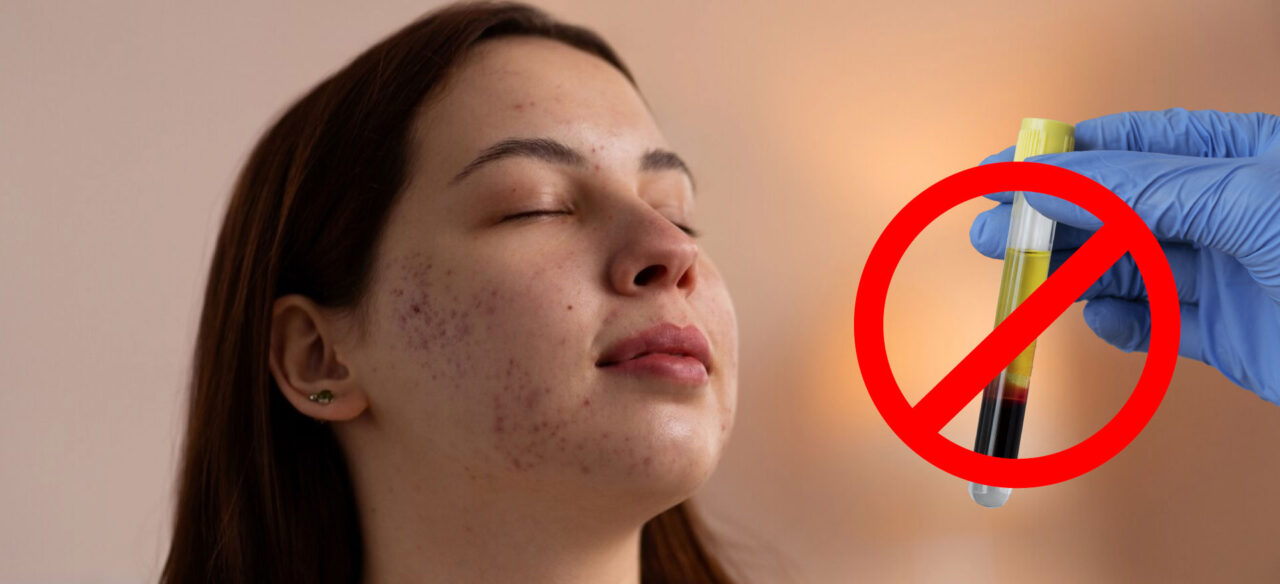
Choosing quality over how much something costs is super important for getting the best care. Even with new technology, some doctors still use cheaper gel tubes for PRP treatments, but this can mess with the results. These tubes can mess up the number and health of the platelets, which are key for healing.
So, it’s important for patients to ask questions. Ask the clinic for the PRP kit they use. If the kit seems to make too little PRP or the platelet numbers are too low – it might mean the treatment won’t work as well. For example, if they’re using a really small amount of blood, less than 25ml to 50ml, or multiple small tubes to get enough blood, or if the final PRP has less than 450,000 platelet count, you might just ask for your money back. Knowing about the platelet count, the PRP kit, or how much blood they use can help you spot treatments that aren’t up to the mark.
In the world of PRP therapy, it’s really important to know what makes it work well or not. One big thing that matters is the kind of tubes used to prepare the plasma. If the PRP treatment doesn’t grab enough platelets, it could slow down healing. Healing needs the good stuff in PRP to help fix and regrow tissues. But if some platelets get stuck in the gel and don’t make it into the PRP, there aren’t enough of them to send the strong “let’s get healing” signals. This can make the recovery slower or not as complete, which is a big problem. Sadly a lot of treatments, especially for hair loss and beauty, use a cheaper tube method with gel, which isn’t the best. It’s super important to stay clued in so you don’t end up with a lower-quality PRP treatment. If patients and doctors both focus on using the best stuff and take a well-rounded approach to treatment, PRP can really do its magic. This way, everyone gets better results and is happier with the healing journey in this fast-changing area of medicine.

Product Head, TriCell Biologics
View Profile

Product Specialist, TriCell Biologics
View Profile
Copyright © 2021 by TricellBio. All rights reserved.
Copyright © 2021 by Tricell Bio. All rights reserved.
Tricell BioHeadquarters
OUR LOCATIONSAddress
AboutQuick Links
Tricell BioHeadquarters
OUR LOCATIONSWhere to find us?
AboutQuick Links
GET IN TOUCH Social links
